Review: The Incredibles #1




My daughter and I recently sat down together to read BOOM! Kids’ new [[[Incredibles]]] comic. The concept behind these books, as we reported here back in July, was to present new stories set in the world of the film. My daughter was immediately excited to see characters she recognized on the cover (the first four collectible covers were done by Michael Avon Oeming with colors by Nick Filardi, and the fifth, limited edition cover was done by Mike Mignola). I figured that she would love the story no matter what happened since she already loves the film. It’s interesting what children notice that adults may not pick up on.
Since my daughter is a beginning reader, I read her everything, including the credits. The credits page has a little introduction to each of the characters. My daughter and I both picked up on the fact that the ten-year-old boy, Dash, is listed in the credits above his older sister Violet. I considered this and figured that ten-year-old boys must be the target demographic for this comic. My little girl was highly displeased that a little brother would receive a higher billing than his big sister, and we had to delay reading the story for a few minutes while she vented about how little brothers are always stealing the limelight.
Then we began to read the story. We begin with an evil robot villain from the 24th century named Futurion. I found it clever and artistic that all of Futurion’s speech bubbles looked like little computer readouts, with ones and zeroes replacing “i” and “o”. My daughter, however, found this to be highly confusing. Granted, she has only recently learned to read, but she was quite frustrated by the fact that letters had been replaced with numbers and felt that someone had made a mistake. I told her that it was kind of like a joke since zeroes and ones look similar to the letters. She said “This isn’t a very funny joke”.
Once I convinced my daughter that we didn’t need to send the writers to see her teacher about the difference between a zero and an “o”, we continued with the story. A large portion of this story, which was written by BOOM! EIC Mark Waid, takes place at the home of the Parr family (the secret identities of the Incredibles). Most specifically, there is a serious discussion between the parents while the children are in another room, and then some neighbors come over for a visit.


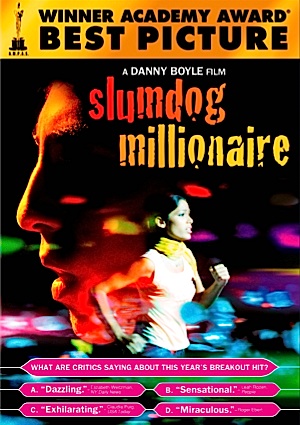 Pop culture is influenced by so many different factors and timing determines what will catch on and endure while other things, quality be damned, wither and die. A perfect example is the Award-Winning darling of 2008,
Pop culture is influenced by so many different factors and timing determines what will catch on and endure while other things, quality be damned, wither and die. A perfect example is the Award-Winning darling of 2008, 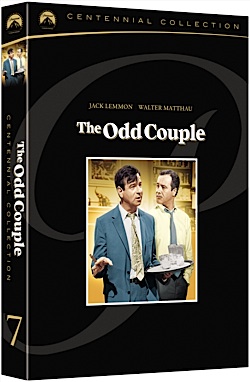 You know the music. You know the set-up and you’ve seen it played out in countless variations. Still, there is nothing like the original. Paramount’s Centennial Collection continues today with two more classic releases, including Neil Simon’s
You know the music. You know the set-up and you’ve seen it played out in countless variations. Still, there is nothing like the original. Paramount’s Centennial Collection continues today with two more classic releases, including Neil Simon’s 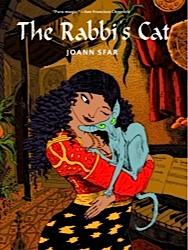 In my misspent youth I took French lessons and am able to get through Paris without causing International Incidents. My reading skills in French are better than my ability to speak it, and that’s okay: I like to think you get into less trouble with an open book than an open mouth. Little Did I Know.
In my misspent youth I took French lessons and am able to get through Paris without causing International Incidents. My reading skills in French are better than my ability to speak it, and that’s okay: I like to think you get into less trouble with an open book than an open mouth. Little Did I Know. Having grown up on James Bond movies, I have been conditioned to expect certain lines, images and sounds. As a result, I was curious to see what would survive when the franchise was rebooted with
Having grown up on James Bond movies, I have been conditioned to expect certain lines, images and sounds. As a result, I was curious to see what would survive when the franchise was rebooted with 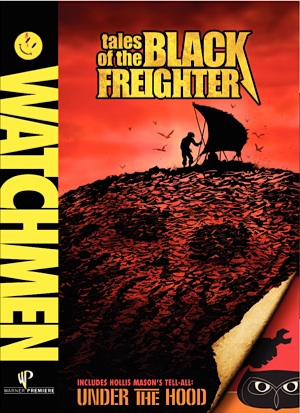 One of the key differences between watching [[[Watchmen]]] and reading the complete book is the rich variety of extras in print. In addition to the story, there was the secondary story, [[[Tales of the Black Freighter]]], in addition to newspaper clippings and excerpts from Hollis Mason’s [[[Under the Hood]]]. Initially, these extras were never considered but were instead added after DC’s management wisely decided the maxiseries should appear without advertising. Freed, Alan Moore and Dave Gibbons filled the pages with rich context, inviting readers further into their imagined universe and making for a more fulfilling reading experience.
One of the key differences between watching [[[Watchmen]]] and reading the complete book is the rich variety of extras in print. In addition to the story, there was the secondary story, [[[Tales of the Black Freighter]]], in addition to newspaper clippings and excerpts from Hollis Mason’s [[[Under the Hood]]]. Initially, these extras were never considered but were instead added after DC’s management wisely decided the maxiseries should appear without advertising. Freed, Alan Moore and Dave Gibbons filled the pages with rich context, inviting readers further into their imagined universe and making for a more fulfilling reading experience. Baz Luhrman is a visual director. Couple him with fellow Aussies Nicole Kidman and Hugh Jackman; one would expect a strong story with terrific scenery and fine performances.
Baz Luhrman is a visual director. Couple him with fellow Aussies Nicole Kidman and Hugh Jackman; one would expect a strong story with terrific scenery and fine performances.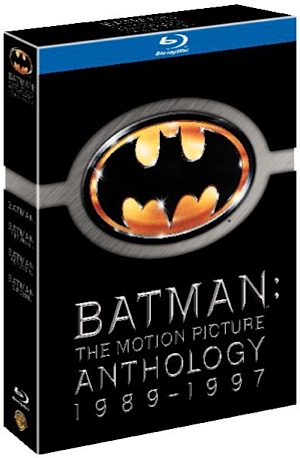 The current era of the super-hero movie can trace its roots to 1989 and the release of Tim Burton’s [[[Batman]]]. For the first time since Richard Donner’s [[[Superman]]], the comic book heroes were taken seriously and adapted for the screen with love and care. In between, there was failure after failure as no one in Hollywood seemed to understand the source material.
The current era of the super-hero movie can trace its roots to 1989 and the release of Tim Burton’s [[[Batman]]]. For the first time since Richard Donner’s [[[Superman]]], the comic book heroes were taken seriously and adapted for the screen with love and care. In between, there was failure after failure as no one in Hollywood seemed to understand the source material.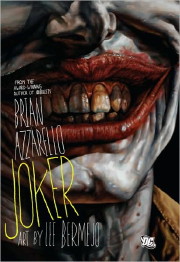 The Joker has always been Batman’s most iconic and popular villain. We can argue why this is so, but it’s been true since at least the ‘70s, and shows no sign of changing any time in the near future. And so, with a major movie coming out last year with a high-profile Joker (though no one knew just how high-profile it would eventually be, after Heath Ledger’s surprise death and a billion dollars at the box office), DC signed up some more Joker-centric projects. Who could blame them?
The Joker has always been Batman’s most iconic and popular villain. We can argue why this is so, but it’s been true since at least the ‘70s, and shows no sign of changing any time in the near future. And so, with a major movie coming out last year with a high-profile Joker (though no one knew just how high-profile it would eventually be, after Heath Ledger’s surprise death and a billion dollars at the box office), DC signed up some more Joker-centric projects. Who could blame them?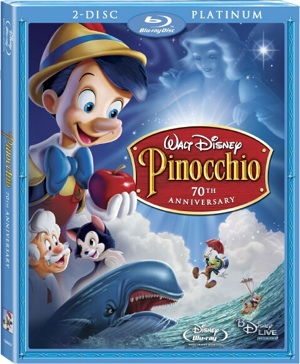 Walt Disney learned much from the work performed in [[[Snow White]]], his first animated feature. The story was fairly basic and almost too short and to the point. For his second outing, he intended for something to further demonstrate his mastery of the animated form. As a result, his work in translating Carlo Collodi’s [[[Pinocchio]]] from book to cartoon kept changing through the production and as a result, the finished product was a giant leap forward.
Walt Disney learned much from the work performed in [[[Snow White]]], his first animated feature. The story was fairly basic and almost too short and to the point. For his second outing, he intended for something to further demonstrate his mastery of the animated form. As a result, his work in translating Carlo Collodi’s [[[Pinocchio]]] from book to cartoon kept changing through the production and as a result, the finished product was a giant leap forward.








